I’m back!!
Everyone is probably wondering what happened to me over these past few weeks. I’ve been quiet because we’ve been working extra hard lately. So apologies for the long break between posts! I’ll do my best to summarize the whirlwind that has been these last three weeks. Between moving to our satellite training sites, settling into homestay, and experiencing some major technical issues with my laptop, it has taken me a while to get this post finished. But I’m back!
The last time you heard from me we had just finished our very first week of training. That initial week feels like it was months ago! So much has happened since then! We have since completed the first three weeks of training, fondly referred to as the “boot camp” portion of PST, around two weeks ago. During those first three weeks, we sat through lecture and interactive sessions each day, Monday through Saturday. These sessions were meant to prepare us as much as possible for all experiences we could or would face outside the confines of our training compound. Each session was led by either a Peace Corps training staff member, PC Uganda headquarters staff, or current Peace Corps Volunteers (PCVs). For example, we attended at least 9 different sessions on medical preparedness and safety measures led by each of the three Peace Corps doctors on staff. We had just as many sessions covering personal safety and security led by our trained safety and security staff members. We learned a brief history of Uganda and how the government functions. We had several sessions on intercultural exchange, helping us to identify and analyze the many cultural differences and barriers that exist between Americans and Ugandans. We even had administrative sessions on all of the various Peace Corps policies and procedures. These group classes were both an overload of information and extremely helpful for our preparation to be in the field.
When we weren’t attending group sessions, we broke off into our two respective sectors- health and agriculture economic development (AED). In these classes, we spent more time focusing on sector-specific education and looking at the potential work we could be doing once we get to our future sites. We learned about the organization of the Ugandan healthcare system, the national health statistics according to the most recent census (2016), and where we as volunteers fit into the picture. We had several PCVTs lead our more specific lessons, these are current 2nd-year health volunteers who came to present training in their specialty areas. They were able to give us insight on what they do at their site and how they work with their assigned NGOs (Non-Governmental Organizations) to help the targeted population of people. The volunteer trainers each engaged us in an example participatory activity that they do with target groups and individuals in the field. My two favorite activities were our RUMPs class and Grassroots Soccer (GRS) lesson. RUMPs is an acronym for Reusable Menstrual Pads and is a wonderful program that provides both health/hygiene education and teaches interested groups (of both males and females) how to use locally sourced materials to sew reusable pads for women and girls! Looking at the cost-benefit analysis, RUMPs can provide a much more affordable and environmentally sustainable alternative when compared to the regular one-time use pads. In our class, we even got the chance to sew our own! I was extremely surprised with how simple and do-able this project was, even with my less-than-proficient sewing skills. I could definitely see myself facilitating a training like this if given the chance! The other of my favorite activities we learned about is Grassroots Soccer. GRS is a global organization that trains coaches and mentors to use soccer as means to bringing together adolescent, “at-risk” individuals on a community-based level. Certified coaches are able to form youth teams within their communities where they will follow a guided curriculum that pairs soccer drills and games with health education and empowerment skills. Our facilitator ran a simple relay soccer drill with us where we were instructed to dribble and weave our ball in and out of a line of cones. The catch being that each cone was labeled with a dangerous health condition or “risky behavior,” (ex. unprotected sex, having multiple partners, having older partners, etc.) Each time our ball accidentally came in contact with a cone, everyone on our team had to do jumping jacks. The overall message being, weaving through these obstacles with mindfulness and caution could prevent both us and the people around us from suffering the consequences. This was only one example out of the extensive curriculum available through GRS. I really enjoyed this activity and hope that I will have the opportunity to become a certified coach!
In addition to our structured lessons, we were given opportunities to have experiences outside the classroom. Our health sector group was taken to visit a Health Center IV, which is in between a clinic and a hospital in the Ugandan healthcare system. We were split into small groups and given tours of the immunization, family planning, prenatal, and postnatal wards. We were allowed to ask questions along the way to the nurses and midwives as well as observe how these wards function day-to-day. This was really helpful to be able to see how our skills as volunteers could potentially fit into this system while also helping us to gain a better understanding of barriers that women and their families face in this system. On a separate field trip, we were able to put into practice the needs assessment and lesson facilitation skills that we began acquiring in our training sessions. My health group and I were taken to a local primary school where we were tasked with first getting to know the students and becoming familiar with their foundational knowledge in hand washing and general hygiene. We came prepared with a series of questions for the students, for example- do you know why we wash our hands after using the restroom? When are other key times we should wash our hands? Can you demonstrate a proper hand washing technique? Through these conversations, we identified various deficiencies in their knowledge of how to effectively wash their hands and its importance. Afterwards, we took the information we had gathered back to our own classroom to devise a brief lesson plan to help fill the existing knowledge gaps. We returned to the primary school the next day to run a practice facilitation on the basics of hand washing. We brought diagrams and flow charts, labeling the various ways germs can enter our bodies and we had a washing demonstration. At the end we played “Germ Jeopardy” where we split the students into two teams and had them race to answer questions about all we had just covered. It was a hit! The students seemed really receptive to the lesson, and the game’s success at the end of the class demonstrated to us that they understood and remembered the highlighted points we made. This exercise was helpful in allowing my colleagues and I to gain practical experience in a classroom. For me, getting up in front of a whole room of students was a little nerve wracking at first, but by the end of the lesson I felt comfortable and so much more confident in my facilitation skills. We were also critiqued by one of our programming staff members, which I found very helpful!
All told, the first 21 days here where a whirlwind. We have been nonstop since the first day we arrived in country! After wrapping up this first portion of PST, my cohort was split into 4 different language groups and sent to 4 different regions within Uganda. I have been placed in the Luganda language group. Luganda is the primary language spoken in Central Uganda. Since leaving our original compound in the Mukono District, we have been living with individual host families in our 4 respective regions for the “satellite training” portion of Pre-Service Training (PST). Homestay has been amazing and language training has been tough, but that will be an entirely separate post for another day!
Honestly, it’s so easy to dwell on all of the things we don’t have here, things we miss from home, and being so far away from our friends and family. But truth be told, I wouldn’t want to be anywhere else. Simple as that, we have everything we truly need here and then some. I’ve struggled on some days to remember why I chose to apply for this job (almost a whole year ago) and why I accepted this particular position on the other side of the world. But when I sit back and take a look at how far my fellow trainees and I have made it in this short amount of time, it gives me so much hope for our future successes! I’m fully aware that there are several long days ahead, and I know they will all be challenging in one way or another. However at this moment, I feel so confident in my ability to to confront those existing barriers and to navigate the more difficult days with a positive mindset.
Most of all, I’m so grateful for all of the encouragement from back home as well as the unbelievable support system I have here with my fellow trainees and all of our staff. I definitely wouldn’t have made it through this first half of training without them! Thank you for hanging in there with me, apologies again for the delay in updates!
Seeba bulungi (stay well!!),
Cowan
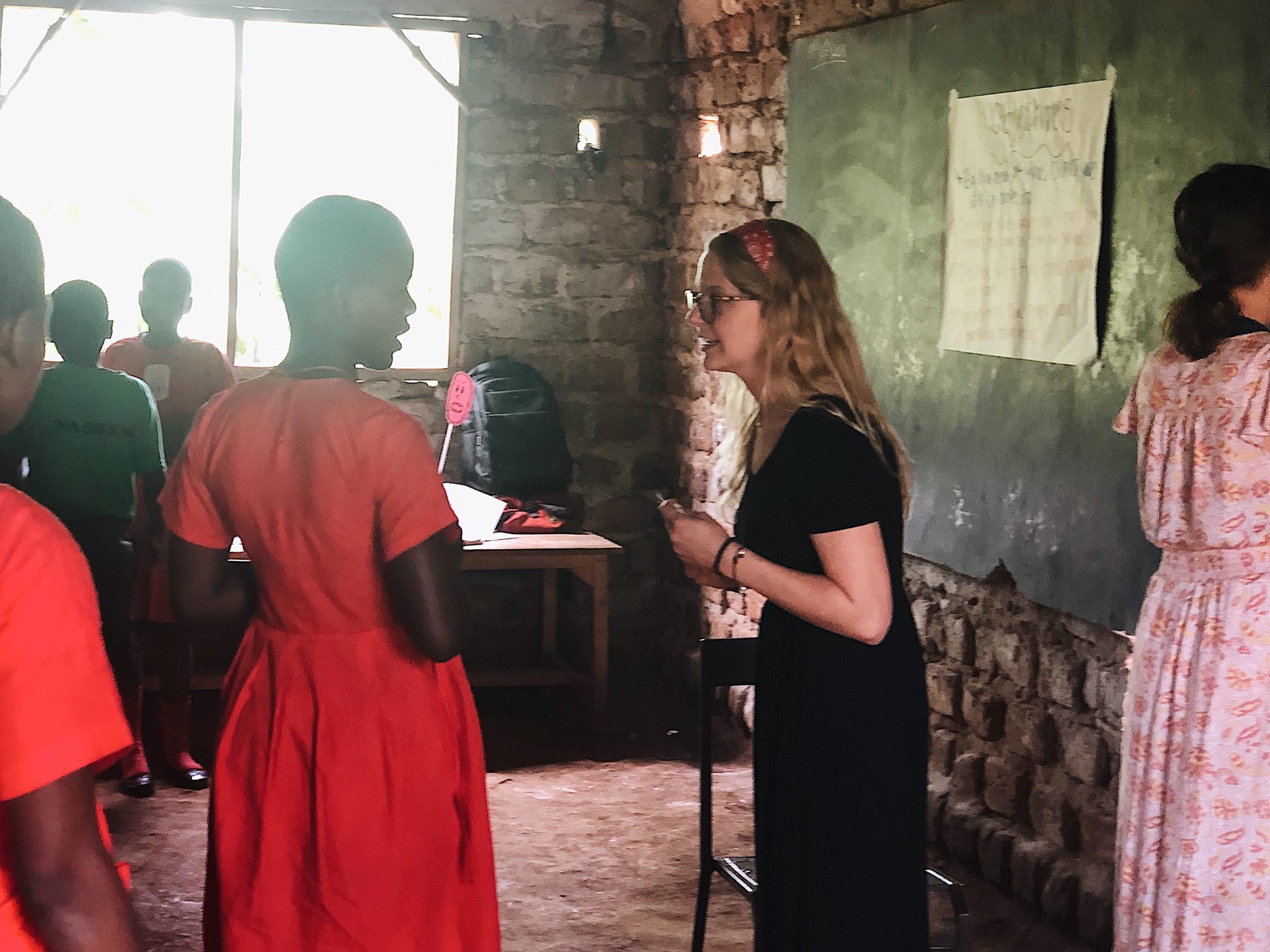 Above is a photo taken during our needs assessment and lesson-facilitation practice.
Above is a photo taken during our needs assessment and lesson-facilitation practice.
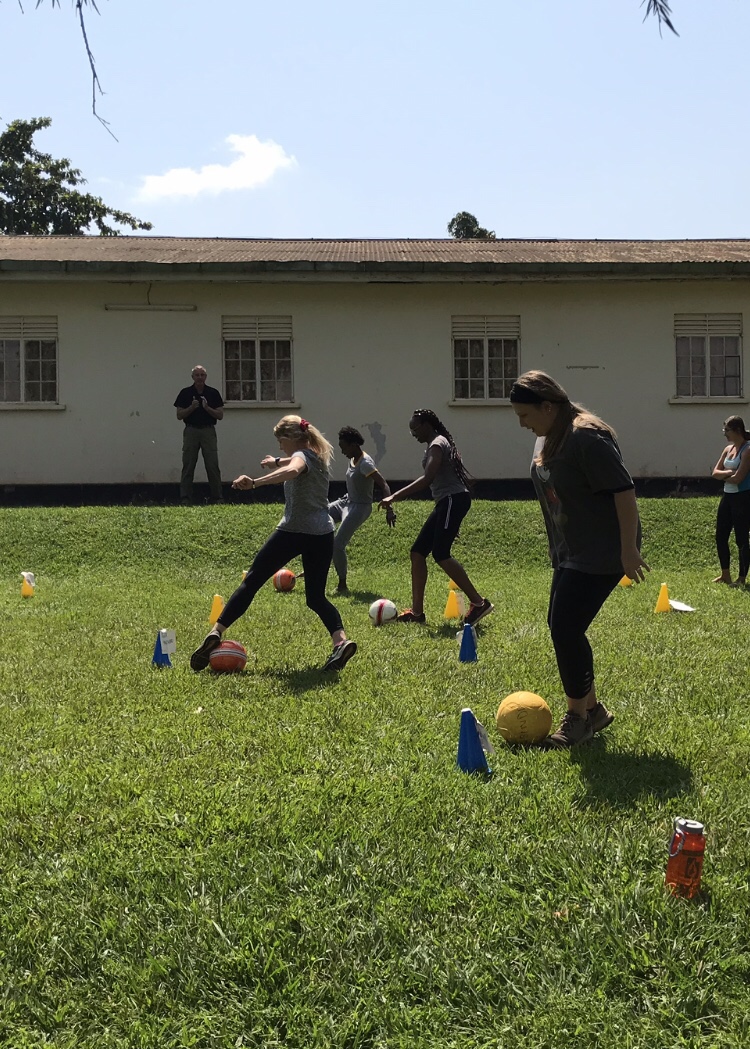 Above is our Grassroots Soccer cone-weaving activity!
Above is our Grassroots Soccer cone-weaving activity!
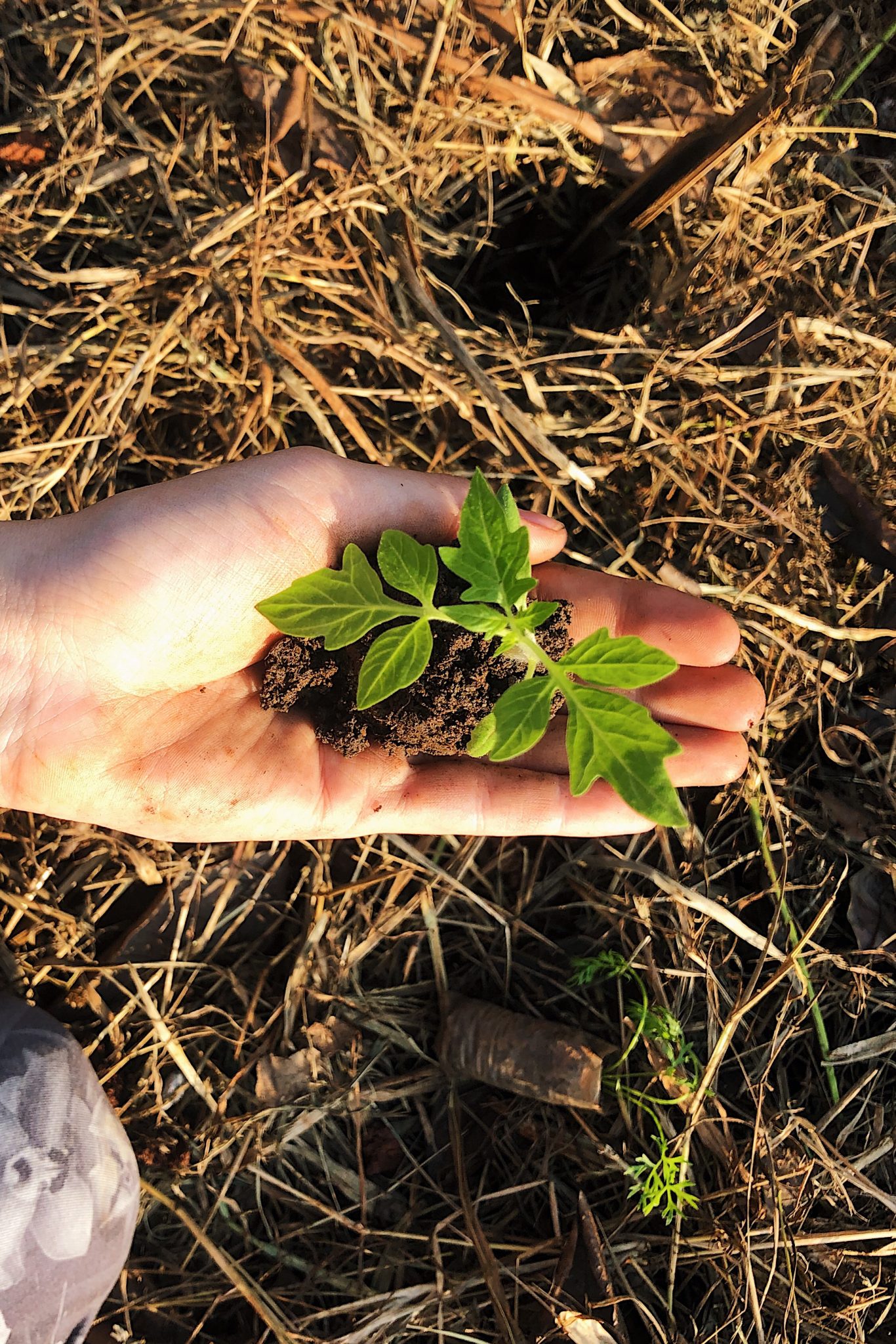 We even had a cross-sectoral class with the AED trainees where we learned the basics of sustainable permagardening, as you can see in the photos above and below!
We even had a cross-sectoral class with the AED trainees where we learned the basics of sustainable permagardening, as you can see in the photos above and below!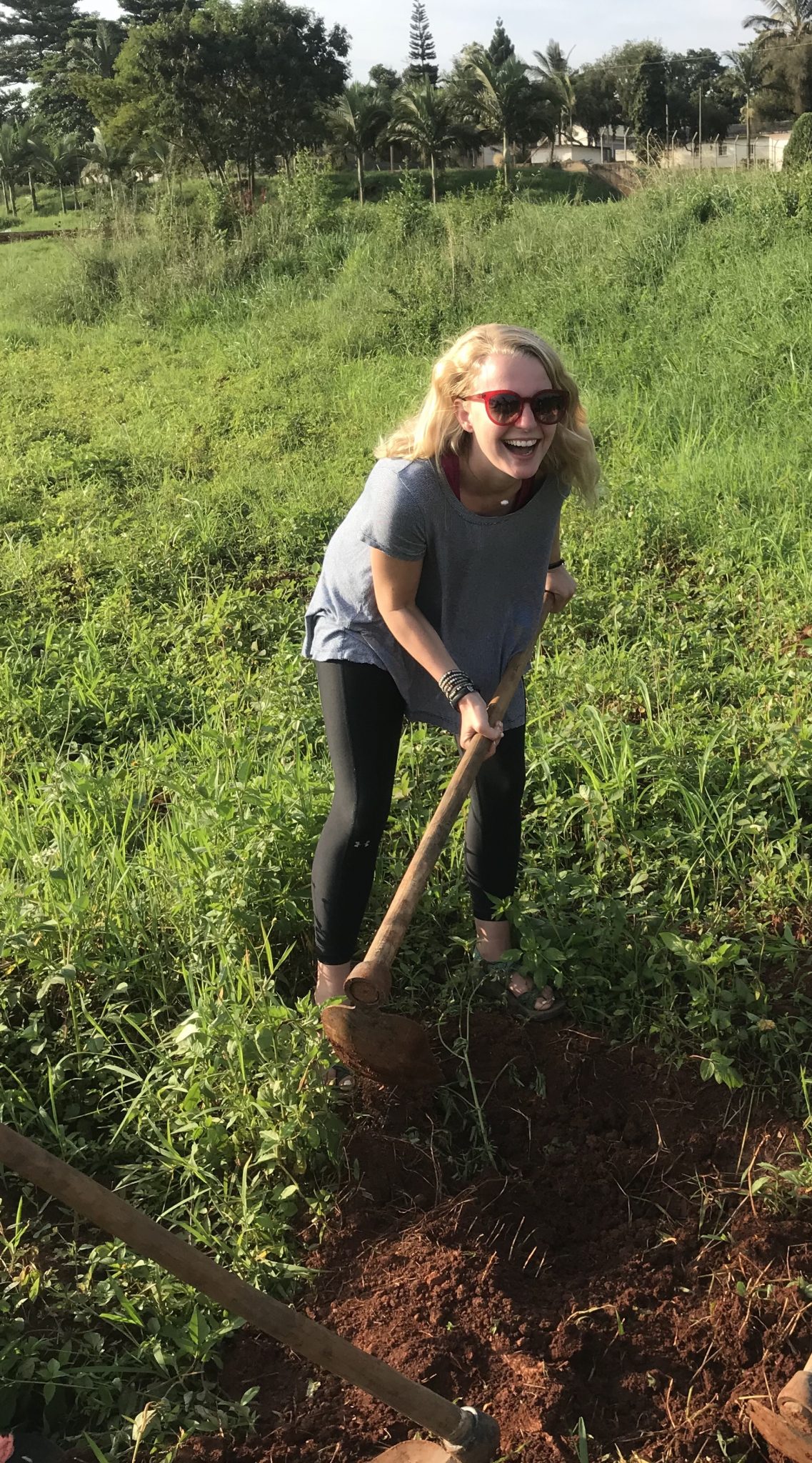
*The contents of this website are mine personally and do not reflect any position of the U.S. Government or the Peace Corps.

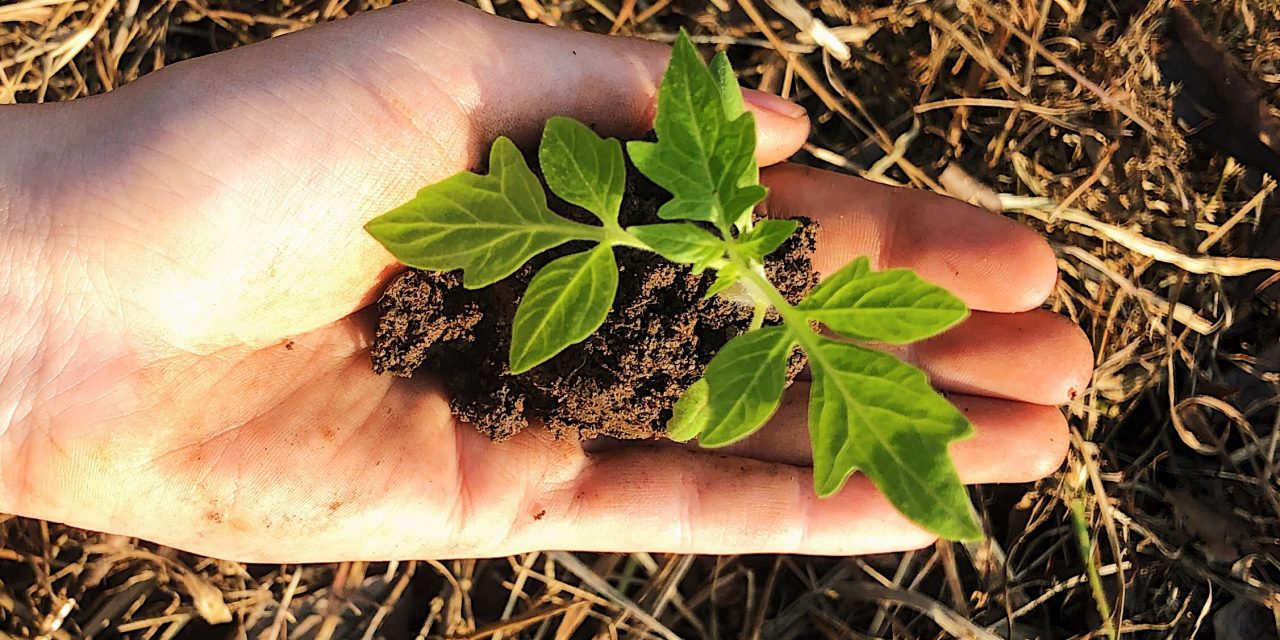
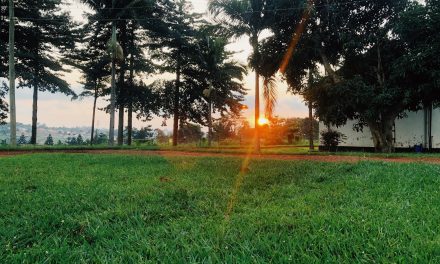
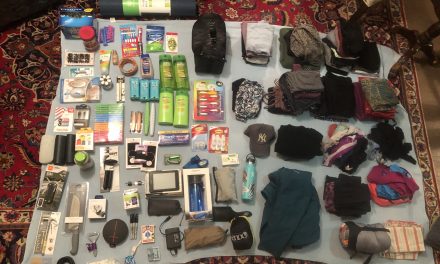
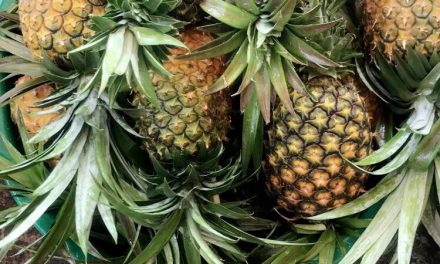
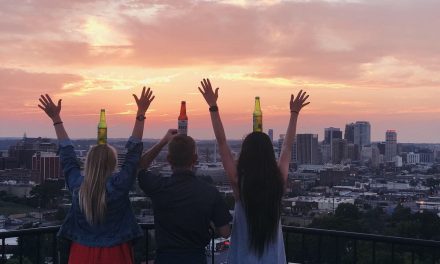
SO proud of you!
Beautiful, Cowan! I admire you so much and we are thinking of you! Love, “Aunt” Joanna
So amazing Cowan. I pray for you every day and am so proud of all you are accomplishing. Keep up the excellent work. Love you!!
We love reading your wonderful posts & seeing your photos . You are contributing so much to our world!! We’re very proud just to know you❤️❤️❤️???